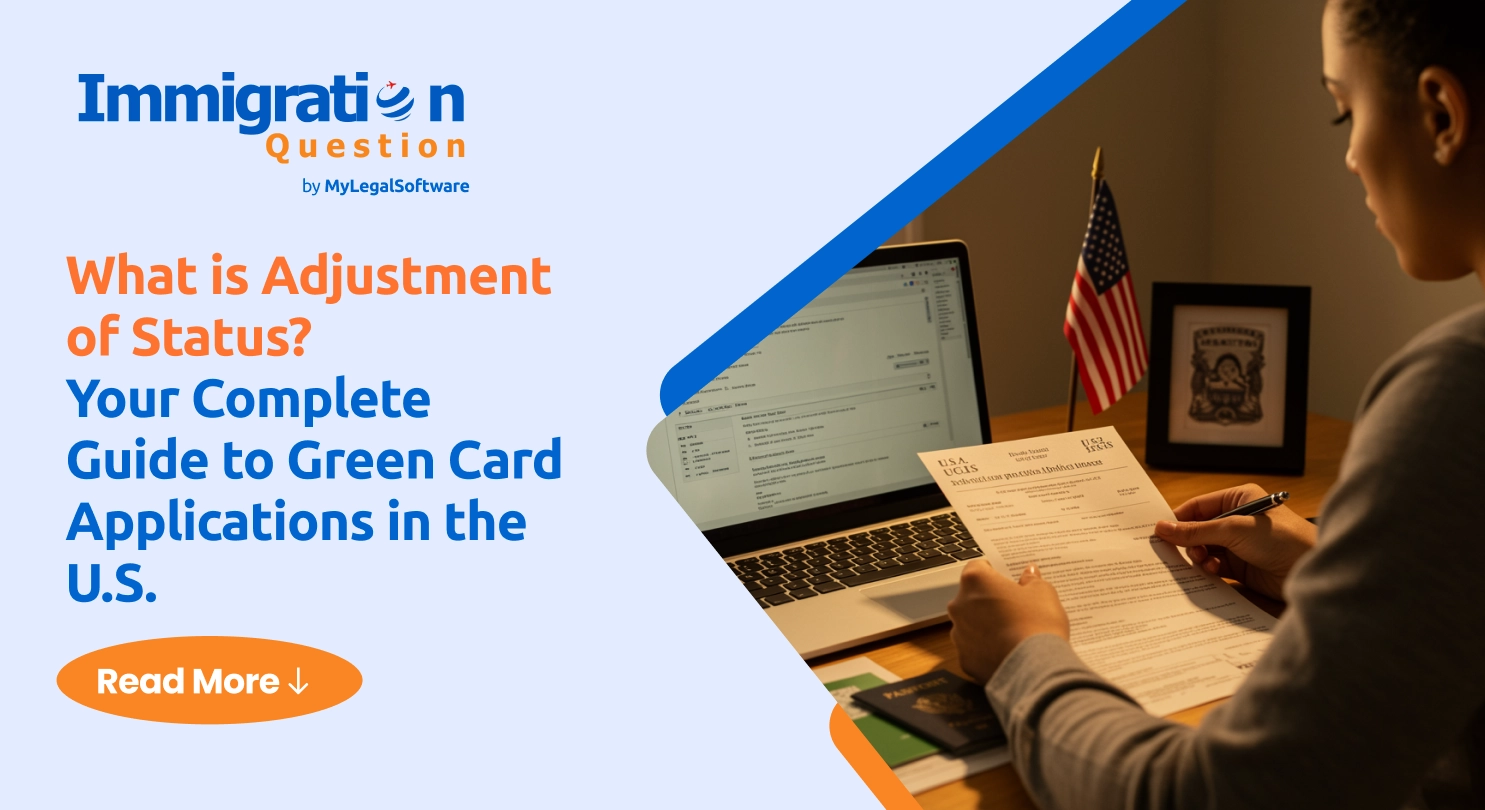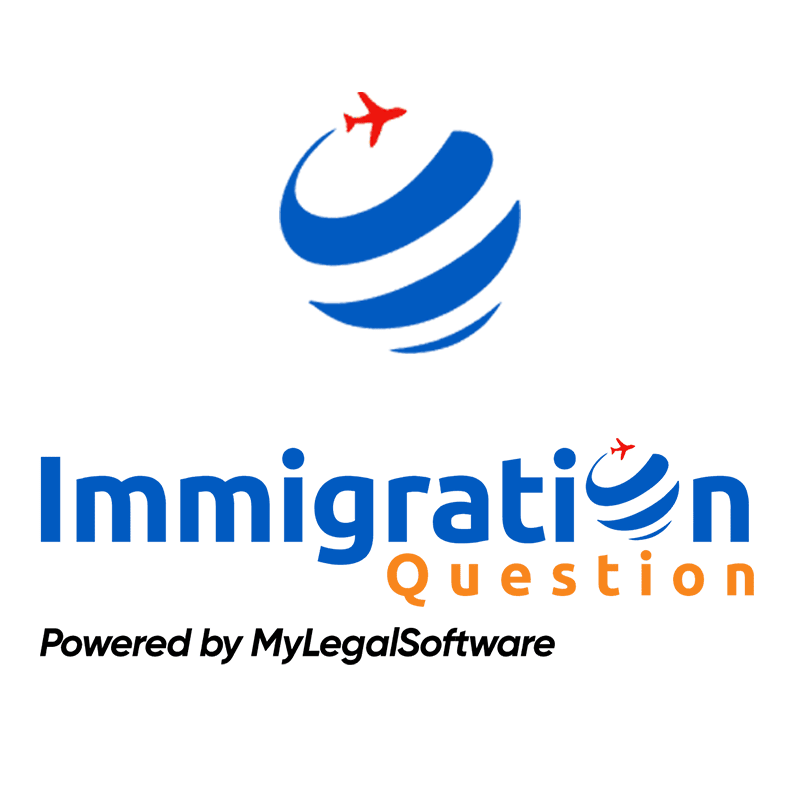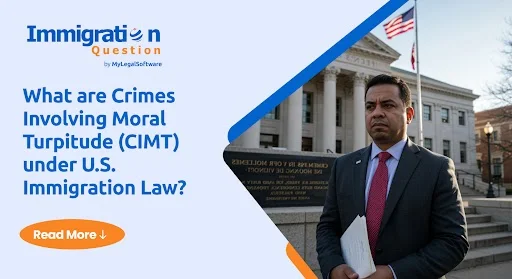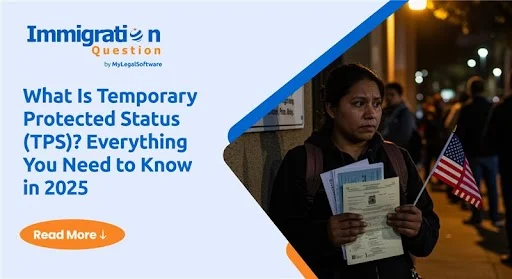If you’re already living in the United States and hoping to get a green card, adjustment of status might just be the path for you. It’s a way to apply for permanent residency without having to return to your home country for visa processing.
In this guide, you’ll find everything you need to know: what adjustment of status means, who qualifies, how to file Form I-485, what documents you’ll need, how long it takes, and what to expect—especially if you’re applying after marriage or through a fiancé visa.
What is Adjustment of Status and How Does it Work?
Adjustment of status is the process by which an eligible immigrant already in the United States can apply for lawful permanent resident status (a green card) without having to return to their home country. This process is managed through Form I-485, Application to Register Permanent Residence or Adjust Status, which is filed with U.S. Citizenship and Immigration Services (USCIS).
The adjustment of status process differs from consular processing, where applicants apply for immigrant visas at U.S. embassies or consulates abroad. The key advantage of adjustment of status is that you can remain in the U.S. with your family and, in many cases, work legally while your application is processed.
The I-485 application serves as your formal request to change your immigration status from temporary (like a visitor, student, or worker) to permanent resident. In this form, you’ll fill in your personal information, immigration history, and the basis for your eligibility for a green card.
Have immigration questions and need real answers? At Immigration Question, you can ask for free and hear back within hours. When you’re ready, we can connect you with trusted immigration attorneys who understand your case and can help you in real time.
Who Can Apply for Adjustment of Status?
Not everyone qualifies for adjustment of status. To be eligible, you must meet several adjustment of status requirements:
- Be physically present in the U.S.
- Have entered the U.S. legally (with inspection and admission)
- Have an approved immigrant petition (like an I-130 or I-140)
- Have a green card available in your category
You’ll be eligible if you’re:
- Married to a U.S. citizen
- The immediate relative of a U.S. citizen (parent, spouse, or child)
- Sponsored through employment
- An asylee or refugee
- Covered under a special immigrant category (like VAWA or a U visa)
Some factors that may disqualify you from adjustment of status include:
- Entering the U.S. without inspection (crossing the border illegally)
- Being out of lawful status for more than 180 days (with some exceptions)
- Working without authorization (with some exceptions)
- Certain criminal convictions or immigration violations
If you’re an immediate relative of a U.S. citizen, you benefit from special provisions that forgive certain status violations, making it easier to qualify for adjustment of status.
How to Apply for Adjustment of Status with Form I-485?
The process to apply for adjustment of status centers around the I-485 application package. Here’s how to prepare a strong application:
Step 1: Ensure You Have a Basis for Adjustment
Before filing, make sure you have:
- An approved immigrant petition (Form I-130, I-140, I-730, etc.), OR
- You’re eligible to file concurrently (submitting your petition and I-485 together)
Step 2: Complete Form I-485
The I-485 application is extensive and requires detailed information about your:
- Identity and personal background
- Immigration history
- Family information
- Employment history
- Criminal record (if any)
- Public benefits received (if any)
Step 3: Gather Required Documents
Here’s a complete I-485 document package:
- Form I-485 with your signature
- Two passport-style photos
- Copy of government-issued ID (passport, birth certificate)
- Copy of your arrival/departure record (I-94)
- Copy of your approved immigrant petition or the receipt notice if you are filing the petition concurrently with your I-485
- Medical examination (Form I-693) from a USCIS-approved doctor
- Affidavit of Support (Form I-864) from your sponsor
- Employment authorization applications (optional)
- Travel document applications (optional)
Step 4: Pay the I-485 Filing Fee
As of May 2025, the I-485 filing fee structure is:
- Adults (14-78): $1,440
- Children under 14 filing with a parent: $950
- Adults 79 or older: $1,440
Step 5: Submit Your Application
File your complete I-485 package with the appropriate USCIS lockbox facility based on your category and location. Always check the USCIS website for the most current filing instructions.
What Are the Main Requirements?
Before you apply, double-check that you meet the adjustment of status requirements:
- You entered the U.S. lawfully.
- You’re still in valid immigration status, or you’re exempt from this rule (like immediate relatives of U.S. citizens).
- You have an approved immigrant petition.
- Your sponsor can financially support you (via Form I-864).
- You’re not barred from adjusting status due to past violations or criminal history.
Each category (family, employment, humanitarian) may have slightly different rules, so it’s good to review your situation or talk to a lawyer if you’re unsure.
Adjustment of Status After Marriage: Special Considerations
Marriage-based adjustment of status is one of the most common paths to permanent residence. For those who entered on a K-1 fiancé visa, the process has some unique aspects.
K-1 Visa to Green Card Process
If you entered the U.S. on a K-1 visa and married your U.S. citizen petitioner within 90 days, you must follow this adjustment of status after marriage K-1 visa path:
- File Form I-485 after your marriage.
- Include proof of your legal marriage to the U.S. citizen who sponsored your K-1 visa.
- Submit evidence that your marriage is genuine (joint accounts, photos, etc.).
- Complete a medical examination if your K-1 medical exam is more than a year old.
Important considerations for K-1 visa holders:
- You must adjust status—you cannot use consular processing if you entered on a K-1.
- You must marry the specific U.S. citizen who petitioned for your K-1 visa.
- You must marry within 90 days of entry, and you should file Form I-485 as soon as possible after marriage.
- You must include a copy of your K-1 visa and I-94 record.
What Happens After You File the I-485 Application?
Once your I-485 is submitted, here’s what usually happens:
- You’ll get a receipt notice confirming USCIS received your application.
- You’ll be scheduled for a biometrics appointment, where they’ll take your fingerprints.
- You might be called for an interview.
- You may receive work authorization (EAD) and travel permission (Advance Parole) while your case is pending.
- Finally, you’ll get a decision—approval, denial, or a request for more evidence (RFE).
Processing times for adjustment of status applications can vary due to your location and category and may take up to 14 months or more in some cases.
Final Thoughts
Adjustment of status is a convenient means to gaining permanent residence for those already living in the United States. Nonetheless, the process requires careful attention to detail and a good understanding of immigration requirements.
Whether you’re applying through marriage, family, or a work visa, it helps to get advice from someone who knows the system.
That’s where Immigration Question comes in. We help people get real answers fast from real attorneys—and connect you with experienced immigration attorneys who can help with your I-485 application and more.
Frequently Asked Questions
Can I travel outside the U.S. while my I-485 is pending?
Yes, but only if you’ve applied for and received an Advance Parole document (Form I-131). Leaving without Advance Parole may result in your application being considered abandoned.
How long does the adjustment of status process take?
The entire process from filing to receiving your green card typically takes 8-14 months, though some cases may be resolved more quickly or take longer depending on case complexity and USCIS backlogs.
Can I work while my adjustment of status application is pending?
Yes, if you apply for an Employment Authorization Document (EAD) using Form I-765 along with your I-485. The EAD can take up to 6 months or more to process and allows you to work legally while waiting for your green card decision.
What if I entered the U.S. illegally—can I still apply for adjustment of status?
Lawful entry is generally required, but immediate relatives of U.S. citizens can adjust status despite overstay or unauthorized work (not entry without inspection unless covered by Section 245(i)); Section 245(i) and some humanitarian categories provide exceptions.









